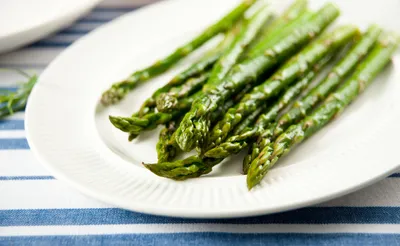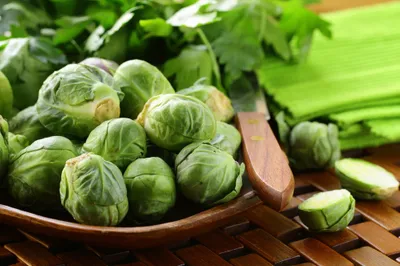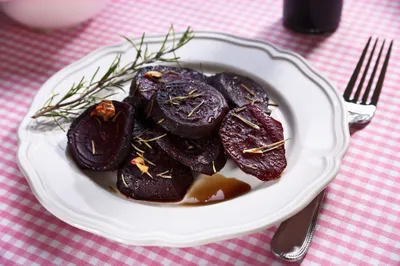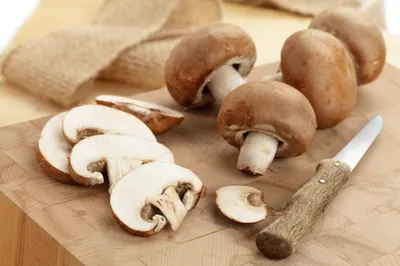In spring we clean our homes, our cars, and if we’re really brave we might even tackle the garage. However, after a long, cold winter, your body often requires a little spring cleaning of its own, and these eight seasonal vegetables not only taste great—they’ll help detoxify and energize your body for the spring season…
1. Asparagus
If you don’t believe in the diuretic prowess of asparagus—eat a serving and then urinate (sorry to be so blunt). That’s right, you can smell it working. Even though the smell isn’t pleasant, eating asparagus does much for your body thanks to a certain prebiotic carbohydrate, known as inulin, which promotes the growth of good bacteria within the digestive system.
2. Cabbage
A vegetable from the coniferous family, cabbage might also cause some stinky results (don’t be embarrassed) after eating. However, this veggie contains natural detoxifying powers, which help prevent the growth and formation of cancerous cells within the body by neutralizing dangerous carcinogens—so stink away!
3. Brussels Sprouts
Akin to their coniferous cousin cabbage, Brussels sprouts (kind of resemble mini cabbages) and have similar cleansing effects on the body. In addition, one medical study (from the Netherlands Cohort Study on Diet and Cancer) credits the Brussels sprout with the ability to lower cholesterol build-up and inflammation thanks to the protection is provides to our inner blood vessel network.
4. Artichokes
Now that I’ve discovered how much I like artichokes, I like them in everything—in pasta sauce, salads, on pizza, and sometimes I just pop a roasted on in my mouth because they taste so good. And the health benefits of bountiful. Just one average sized artichoke provides plenty of antioxidants, vitamin C, almost 10 grams of dietary fiber, not to mention potassium, which can help decrease high blood pressure.
5. Radishes
Eating your share of the spicy little radish will show the beneficial effects on your skin. It’s true; radishes are high in sulfurous mustard oil, silicon, and vitamin C (an ingredient in many face creams). Plus the sulfur in radishes promotes the circulatory system efficiency, in turn giving both the liver and kidneys a good spring cleaning.
6. Celery
Believe it or not, what celery lacks in caloric intake; it makes up for in detoxifying benefits. For one, celery is high in phthalides, an active compound credited for soothing inner artery walls and lowering blood pressure. The easily digestible fiber content in celery also works to scour and cleanse the colon to protect against colon cancer.
7. Beets
Beets have honestly become my favorite vegetable. And I’m glad because they’re not only colorful and flavorful, according to many medical studies, beets help soothe inflammation within the body and help ward of the effects premature aging and lower the risk of cancer.
8. Mushrooms
Mushrooms—the fungi (fun guy) of the spring vegetable crop, is often overlooked for its health benefits, which are many, including the ability to ward off heart disease, breast cancer, type 2 diabetes, osteoporosis, and high blood pressure. Shroomies are also high in vitamin D, which is credited for blasting belly fat, according to research from the Weight Management Center at Johns Hopkins Bloomberg School of Public Health.











